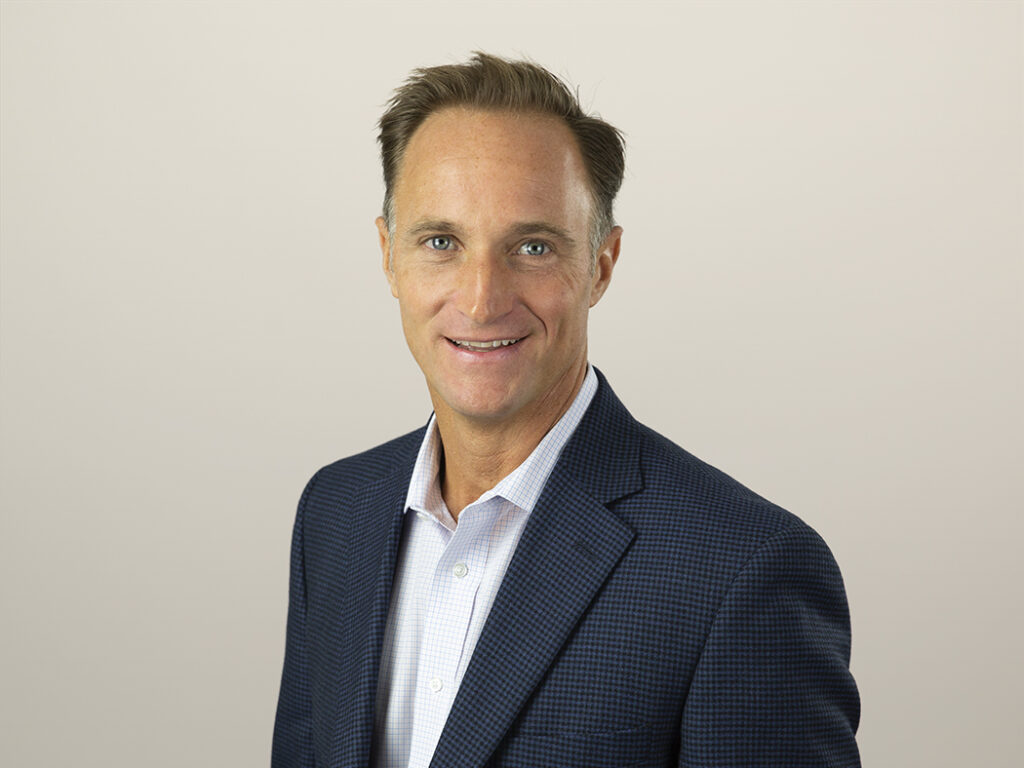Why Your Website Still Matters
The explosion of smartphones and tablet computers has companies frantic to build useful apps for serving their customers. Forrester agrees that companies should be building ways for customers to interact with them at the time and place that’s most relevant to them.
But in the frenzy of the moment, too many companies have let their sites languish. At Forrester, we predict that, contrary to what you hear at conferences, websites will not be passé anytime soon. Just as call centers didn’t die when websites came online, websites will remain critical interaction points for specific types of activities such as those that require heavy form inputs, detailed research that spans multiple sources/formats, initial company contacts, and infrequent support requests. And when the website (or any channel of choice, for that matter) fails, the consequences can be costly.
That brings me to the story that served as the catalyst for this post. Last week, my wife and I got serious about finding a larger house for our expanding family. We’d been shopping around casually before the holidays, but once the New Year arrived, we got serious about the search. When we found a place we really liked, we decided it was time to put in an offer and went to get prequalified for a loan. We shopped around a bit, but it was more of a formality — we knew that we wanted to use USAA. We have a strong preference for the brand because of its reputation and the stellar customer service we receive every time we call USAA. In the past, we’ve had a challenge here and there with the USAA website experience that we’ve overlooked because there were other channels available to us, but in this case, we ran into a major difficulty. As a result, USAA didn’t get our business.
Here’s what happened: We went through the tedious forms that you get whenever you have to list a number of financial accounts and balances. We had to leave the application and retrieve some of this information from other parts of the USAA site and then go back to the application. And while the process wasn’t as smooth as it might have been, we muddled through because we know that it’s an arduous process everywhere.
But the biggest problem happened at the moment of truth. When we completed the application (which we ended up having to do over the phone because either the site didn’t ask for or we didn’t see where we needed to input our asset information), we were offered options: to have the pre-approval letter faxed to us or posted to the site where we could retrieve it. Since we don’t have a fax, we opted for the latter. Unfortunately, the letter didn’t post to the site. We called. “It should be there” was the response. This was on Thursday. Friday came and still no letter. Saturday came (the day we wanted to make our offer) . . . no letter, and now nobody who could help us was available because the mortgage side of the business didn’t have people available on weekends. In fact, it wasn’t until Monday that the letter posted. In the meantime, our offer was accepted, and we went with another lender with a comparable rate — even though we would have paid a (small) premium to go with USAA — all because a document couldn’t get uploaded onto the site.
It may seem like heresy to complain about an experience with USAA. To be honest, I usually feel unworthy of my status as a USAA member since I did not serve in the military (both my father and my wife’s father served — our membership is a result of my wife’s account history with the firm). In our minds (my wife’s and mine), USAA is worthy of its consistently high scores on satisfaction and user experience studies like Forrester’s Customer Experience Index. But in this case, the site failed us — and it failed USAA — and all the brand equity in the world can’t reverse that fact.
What can companies learn from this story? As they rush to engage with consumers through emerging channels, customer experience professionals cannot neglect bread-and-butter interactions that form the foundation of the brand experience. Great customer experience isn’t about delivering in more channels; it’s about executing flawlessly in the channels you offer and expanding appropriately.
How about you? How do you balance channel focus? Join the discussion in The Forrester Community For Customer Experience Professionals.
